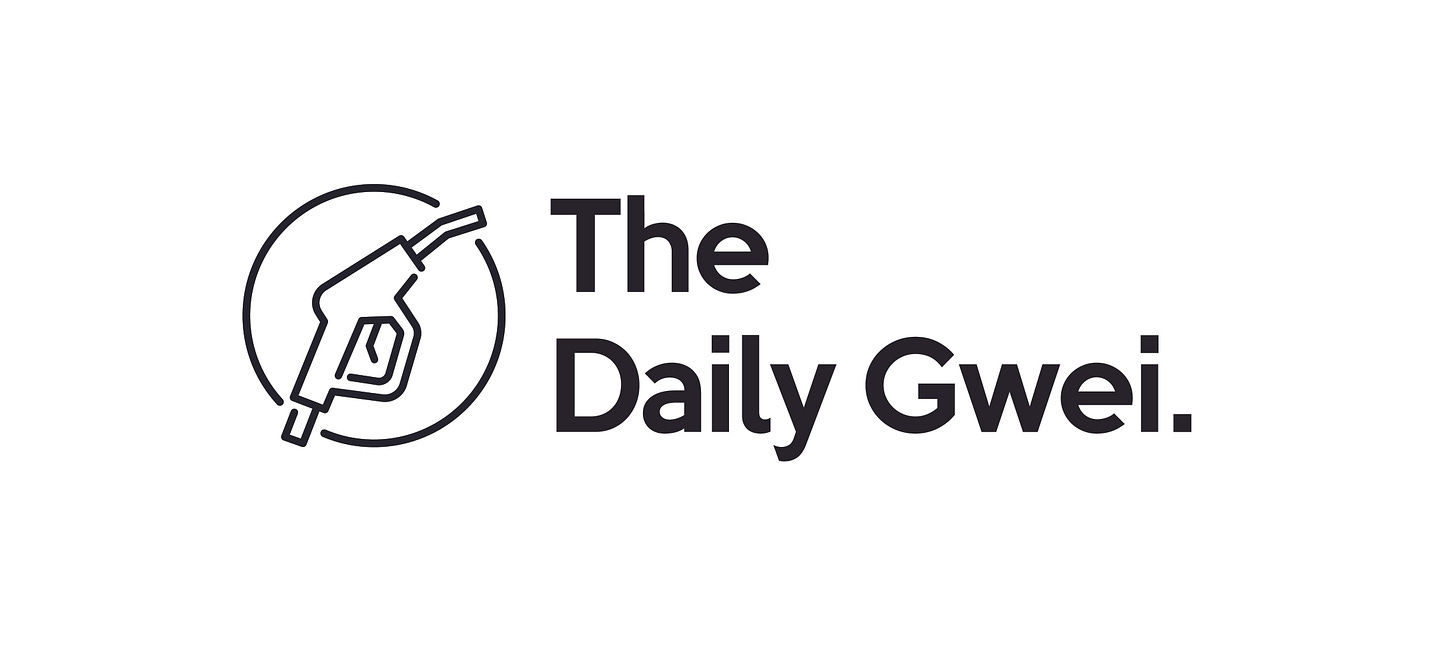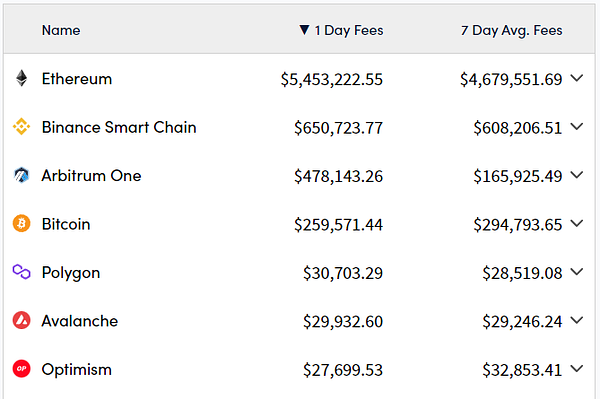Yesterday, Arbitrum - a layer 2 network on Ethereum - generated more fee revenue than most blockchains - including Bitcoin. This spike in demand for Arbitrum blockspace was due to the Arbitrum Odyssey campaign (a campaign that’s now been paused due to its popularity) and it speaks volumes about just how much latent demand there is out there and how quickly blockspace can fill up.
The concept of ‘blockspace demand’ is one of the most fascinating things in crypto to me for a few reasons. The main reason is that I think it’s an excellent way of showing actual usage of a chain because it is expensive to fake compared to most other metrics. In saying that, I think teams building blockchains need to be careful when looking at blockspace demand because it is still very heavily influenced by speculative market dynamics. In bull markets, blockspace demand is very high whereas in bear markets it tends to collapse since most of the speculative activity evaporates. If we want to maintain sustainable blockspace demand, we need to build better applications that aren’t at the mercy of the market.
Speaking of sustainable blockspace demand, I think it’s an interesting thought experiment to run through how we would measure/track this. Personally, I think we should take the yearly trend rather than anything shorter because we need to be able to route around different market conditions. If you just take the day, weekly or even monthly trends then these are most likely just influenced by market conditions and will lull you into a false sense of security. It’s sort of like how people look at the TVL of a project in a bull market and make conclusions that the project is doing really well when in reality it’s just people farming the protocol for free money.
Lastly, it may not seem like it but it is very concerning that Bitcoin’s blockspace demand is this low. The main reason why this is concerning for Bitcoin is because the long-term security plan for the Bitcoin network is for fee revenue to make up for the loss in block reward due to continued halvenings every 4 years. The problem here is that demand for Bitcoin blockspace has stagnated and is actually going down over time which means the fee revenue is also going down. This will ultimately lead to an insecure Bitcoin network because miners will leave due to it becoming uneconomical to mine the chain, hashrate will drop, and ultimately the Bitcoin network will be very susceptible to attack.
Not all blockspace is created equal - you can’t do on Bitcoin what you can do on Ethereum - but I think this is orthogonal to the overall point. If a chain is going to rely on fee revenue for its long-term security then I think that chain ought to ensure that it has constant and growing demand for its blockspace. Otherwise, that chain needs to have perpetual inflation to ensure that miners/validators are paid even if blockspace demand is low. Thankfully post-merge Ethereum will have the best of all worlds - perpetual inflation to validators, high blockspace demand and a fee burn mechanism to create the perfect symbiotic relationship.
Have a great weekend everyone,
Anthony Sassano
Enjoyed today’s piece? I send out a fresh one every week day - be sure to subscribe to receive it in your inbox!
Join the Daily Gwei Ecosystem
All information presented above is for educational purposes only and should not be taken as investment advice.






